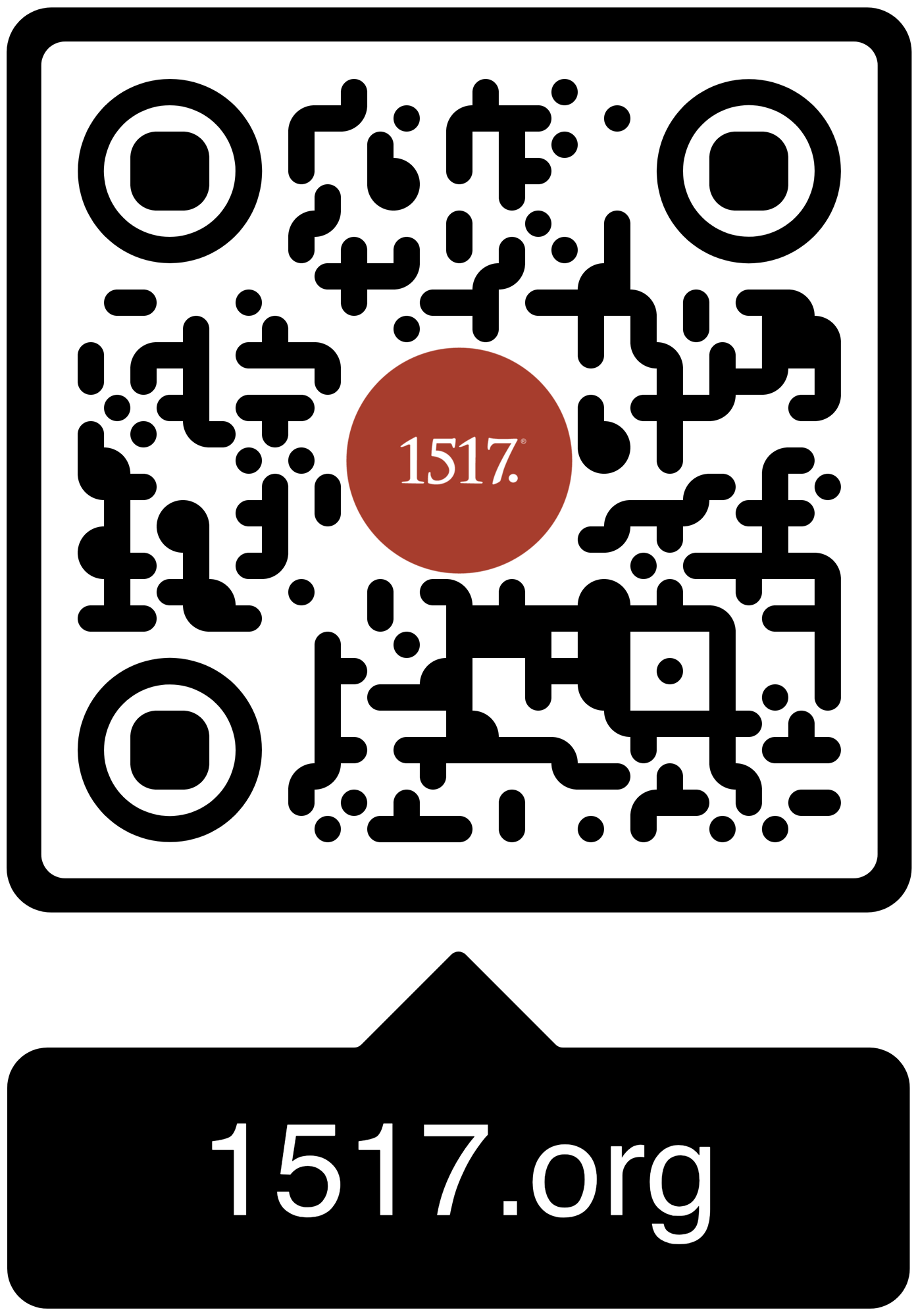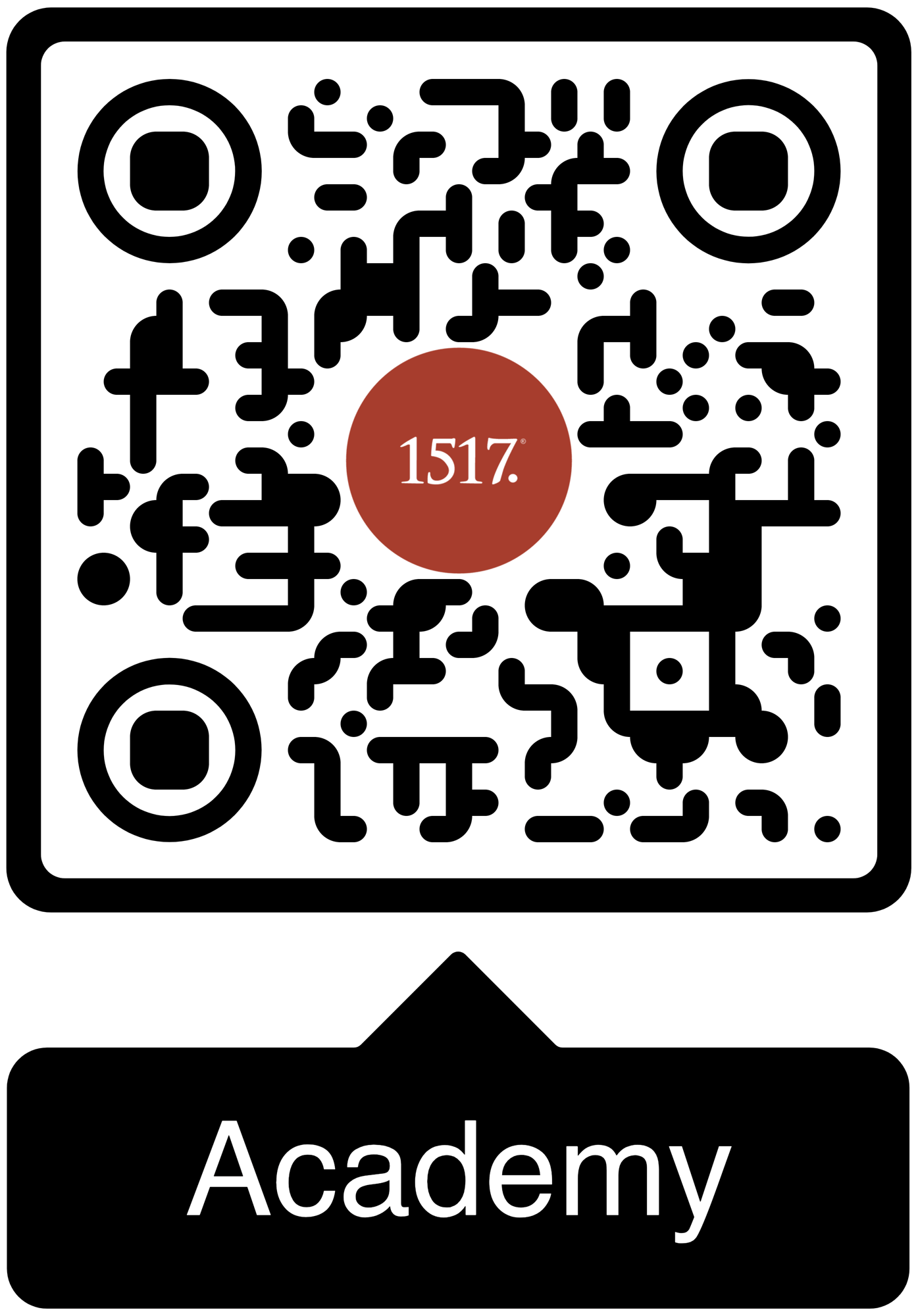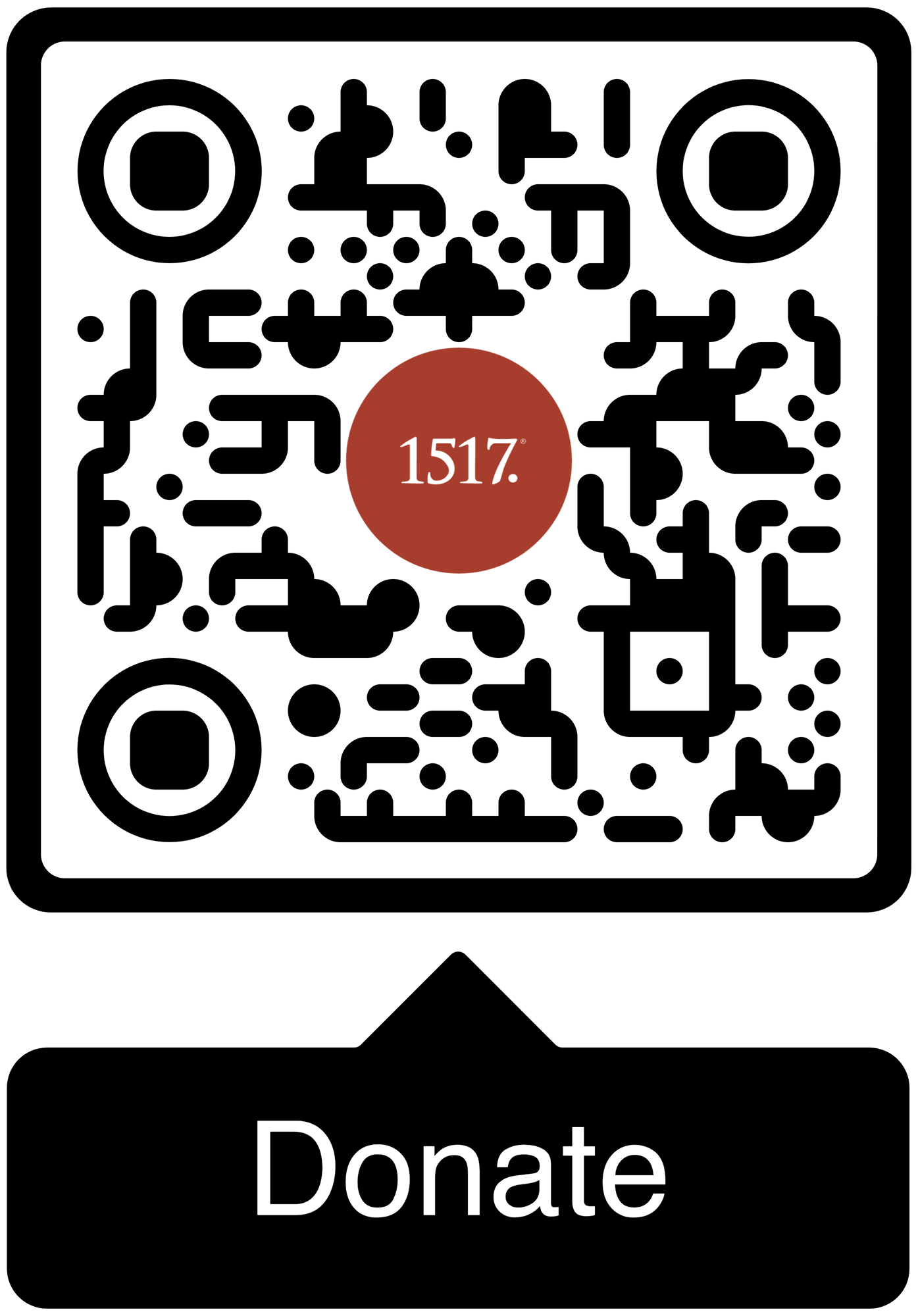Those who trust in the Lord are not anxious when drought comes because they have the roots that run deep from the tree into which they have been transplanted.
The genre for today’s text is somewhat difficult to place. Is it a Psalm or a wisdom saying or something else entirely? We may never have a clear answer to this question, but it does have one thing in common with both a Psalm and wisdom literature, it compares and contrasts those who trust in the Lord and those who do not.
To provide some context for this reading, we will have to look at the main opponent of Jeremiah in his ministry. Zedekiah, the last king of Judah, was a king, a “man” (verse 5) who trusted in Egypt rather than the Lord. Jeremiah tries to warn the king, but he does not listen to him. Ultimately, Egypt fails Judah which leads to the Babylonians coming and laying a two-year siege on Jerusalem, beginning in 588 B.C., and eventually prevailing and destroying everything in Judah in 586 B.C.
Our text is broken into a perfect compare and contrast by two Qal Passive Participles in verse 5, “cursed be,” and in verse 7, “blessed be.” Beginning in verse 5, the man (“הַגְבֵּר” – hag-ga-ber – strong man, warrior, valiant man) is not a mere man (“אִישׁ” – ish – man). He is a “strong man, a mighty man.” He is a man like a king, namely the king Jeremiah had the most trouble with as mentioned earlier, Zedekiah the last king of Judah. In verse 5, this “strong man” is “trusting” in something. This theme of trusting is key to understanding the difference between the cursed man and the blessed man in verses 5 and 7. In verse 5, the cursed man is trusting in humankind. This means he is trusting in mortality and weakness, and he places his arm (think strength) in the “flesh.” This is flesh in the same sense that the Apostle Paul negatively uses it in his epistles. Since this cursed man is trusting in the flesh and blood of men, he has turned his heart from the Lord. So, in verse 6, he is compared to a Juniper tree or a Mesquite bush, a small bush in waste places. He has no roots, and he will not even see when good comes. When verse 6 says “see,” it means perception. In effect, it is saying this man is the kind of person who does not get it when good comes along. He misses it entirely. The result is that this cursed person dwells in dry and desolate places where nothing grows. He inhabits the “waste places and salt lands” where nothing lives, reminiscent entirely of Death Valley.
In verse 7, we meet the contrast to the cursed person Jeremiah holds before us. It says, “Blessed is the strong man who trusts in the Lord and the Lord has become his trust.” Again, the theme word “trust” sets this person apart from what the cursed one puts his trust in. The real gospel turn comes in verse 8, where the blessed man becomes a plant, but this is not the normal word in Hebrew for plant. It is, instead, the Hebrew word שָׁתַל (sa-tul) which is the word for a “transplant.” This is really the gospel word of the day. Here is where you develop the key clue to the disclosure of a gospel truth for Jeremiah’s hearers and for us as well. Because we by nature, like Jeremiah’s audience, find ourselves in uninhabitable places because of the Fall (Genesis 3). We cannot even perceive the good because we are surrounded by sin and evil. So, what does the Lord do with cursed people putting confidence in the flesh? He graciously transplants them (Qal Passive Participle). We need a gardener to come along and lift us up and put us where the water is because without Him, we are stuck. We cannot do this for ourselves. So, God sends Jesus who, at His resurrection, was “supposed (by an eyewitness) to be the gardener” (John 20:15). This gardener and savior transplanted us by the waters (Ezekiel 11; Psalm 1:3; Joshua 1:8). Where are those waters in Jeremiah? They are in the House of the Lord. Where are those waters for us? In the waters of baptism, which are flowing and dispersed in the house of the Lord (Psalm 92:13).
We need a gardener to come along and lift us up and put us where the water is because without Him, we are stuck.
The compare and contrast going on here is between the Juniper and the blessed transplant. The Juniper trusts in the flesh and since it has no roots becomes a tumble weed, blown and tossed about by every wind (Ephesians 4:14). The blessed person is the transplant of the Lord who has roots and, therefore, life. They have this because their faith and trust is in the Lord. In other words, the metaphor Jeremiah is using is that of a tree. Now, you do not have to go too far with the tree metaphor to find the Gospel implications. Paul says the tree we are transplanted into is Calvary (Galatians 3:13). Baptism connects those transplanted into Calvary to that salvific moment (Romans 6:4-7) where water and blood flowed for our life and salvation.
The person who is blessed as they have faith and trust in the Lord has no worries, according to Jeremiah. Because when the heat comes, he is planted in the water of the Lord’s house. This is opposed to the curse man who cannot even see the good God gives because he trusts only in the things of this world for good. In fact, those transplanted by the Lord are coniferous Christians, evergreens who stay leafy in the Lord year-round. Whereas the tumbleweeds are deciduous in that they always lose their leaves (2 Timothy 4:2). Those who trust in the Lord are not anxious when drought comes because they have the roots that run deep from the tree into which they have been transplanted. Furthermore, in their coniferous state they are always bearing fruit (Galatians 5:22-23) from the One who’s life is their life by His death and resurrection.
Since Jeremiah is using a “Compare and Contrast Structure,” we would be wise to order our experience of the sermon in the same way:
“This structure systematically explores relevant similarities and/or differences between two topics in order to accomplish a purpose for the hearer. In this sermon, the purpose of comparing/contrasting is crucial. The sermon, thus, does more than simply inform hearers of similarities and/or differences. It uses that information for a purpose, and that purpose often makes a difference in their lives.
In presenting this information to the hearers, the preacher has a choice of two approaches. He can work whole-to-whole (in other words, offering all of the individual items of one topic before proceeding to a listing of the individual items of another topic: A1, A2, A3 and B1, B2, B3), or the preacher can work part-to-part (in other words, offering one item from each topic and then proceeding to the next item: A1/B1, A2/B2, A3/B3). In part to part, a larger theme will be present for the hearers that slowly unfolds through the comparison.
The choice of approach is often based on the balance of information you have and what you desire your hearers to remember. Whole-to-whole encourages them to remember the topics. Part-to-part encourages them to remember the items that compose the topics.”[1]
------
Additional Resources:
Craft of Preaching-Check out out 1517’s resources on Jeremiah 17:5-8.
Concordia Theology-Various helps from Concordia Seminary in St. Louis, MO to assist you in preaching Jeremiah 17:5-8.
Text Week-A treasury of resources from various traditions to help you preach Jeremiah 17:5-8.
Lectionary Kick-Start-Check out this fantastic podcast from Craft of Preaching authors Peter Nafzger and David Schmitt as they dig into the texts for this Sunday!
Lectionary Podcast- Dr. Walter A. Maier III of Concordia Theological Seminary in Ft. Wayne, IN walks us through Jeremiah 17:5-8.
------
[1] https://concordiatheology.org/sermon-structs/thematic/comparisoncontrast/





